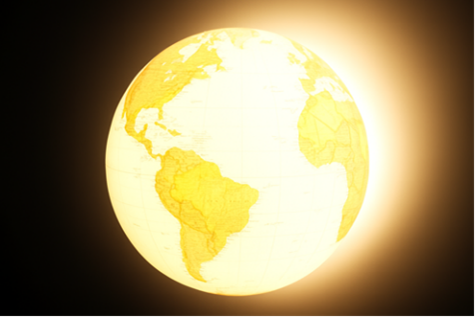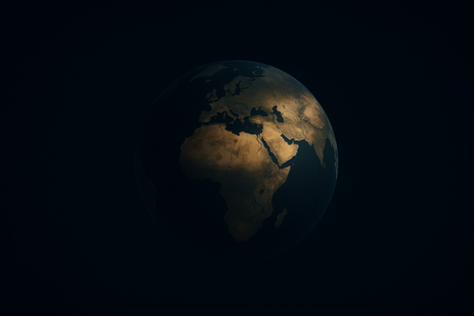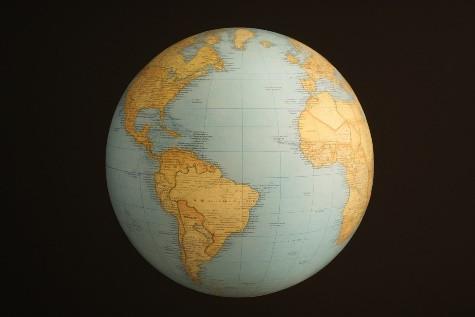Overexposed: The myth of the rapid 'China exit'

Headlines: Anyone who follows comments from investment banks, think tanks, and the financial press could easily get the impression that multinationals are rapidly relocating their production out of China. "Deglobalization," "friend-shoring," and "India is the new China" are common keywords. The underlying message: within a few years, global chains will be rearranged.
Facts: This perception clashes with reality. Companies are examining their dependence on China and diversifying where possible. The intention to relocate is widespread, but implementation is slow and costly.
Chinese exports to the US have declined, but exports via Vietnam, Mexico, and Malaysia have increased, often through the assembly of Chinese components. It is more "China plus one" than "China out." Infrastructure, logistics, and labor productivity, among other factors, make a sudden chain relocation economically unfeasible.
Assessment: The trend—greater diversification, higher compliance costs, more robust chains—is real. But the speed and scale often cited are greatly exaggerated.
Countries such as India and Vietnam are benefiting from relocations, but the bulk of value creation remains anchored in China's industrial ecosystem for the time being. The real shift is likely to be quieter and slower than the headlines often suggest.
Underexposed: The Sahel as a systemic risk

Headlines: In the Sahel, terrorist movements such as JNIM and IS-Sahel are gaining ground, states are partially withdrawing, and France's military role is waning. The UN Security Council warns of a rapidly deteriorating situation.
Facts: The Sahel has become the epicenter of global terrorism. In 2024, more than half of all terror victims were in the Sahel. The threat is increasingly shifting towards the coasts: jihadist networks and criminal economies are pushing towards Benin, Togo, Ghana, and Ivory Coast, while Western military footprints are shrinking and regional cooperation is faltering. The geopolitical dangers range from threats to maritime routes in the Gulf of Guinea to raw material and migration risks. The movements are steadily professionalizing, and UN envoys warn that poor governance, climate stress, and bleak economic prospects are deepening the breeding ground for terrorists. For the time being, attacks in Europe remain rare, but the threat is building.
At the same time, the security landscape is changing. The UN mission in Mali was scaled back at record speed and ended at the end of 2023; France had already concluded Operation Barkhane earlier. The US completed its withdrawal from Niger in 2024. This resulted in the loss of an important intelligence and drone hub. The net effect: less international counterforce precisely where JNIM and IS Sahel are gaining ground.
On top of that, regional politics are fracturing. Mali, Burkina Faso, and Niger formed the Alliance of Sahel States (AES) and distanced themselves from ECOWAS. The blockade policy was partially eased in early 2024 (sanctions on Niger were relaxed), but coordination against terrorism demonstrably weakened.
Assessment: Developments in the Sahel are often dismissed as purely humanitarian disasters with very limited market relevance. However, this geo-economic nerve center is relevant through three transmission channels:
- The maritime corridor along the Gulf of Guinea is becoming increasingly important: more ships are sailing there, which also increases vulnerability. Any deterioration in the security situation in the coastal states of the Gulf of Guinea translates almost immediately into higher insurance premiums, stricter security requirements, and increasing costs for the logistics chain.
- The underground economies that finance armed groups are becoming increasingly intertwined with the formal economy. This increases compliance, sanction, and reputational risks for Western buyers and banks.
- The security dynamics surrounding uranium and other critical raw materials are taking on a distinctly geopolitical dimension now that Sahel countries are realigning their alliances and Western security partners are withdrawing. It is precisely at this intersection of security, trade, and raw materials that price shocks and revaluations can take markets by surprise.
In other words, this is no longer a distant concern, but an undercurrent running directly through Europe's energy supply, industry, and supply chains.
Spot-on: Monroe Doctrine 2.0 & Trade War

1) Trump wreaks havoc in Latin America
Headlines: From threats about the Panama Canal to interventions in Venezuela — Donald Trump's assertive grip on the United States' "backyard" dominates the news, and warnings of a possible escalation of war are growing louder.
Facts: President Trump has radically reformed his policy toward Latin America since the start of his second term and seems to have his own version of the nineteenth-century Monroe Doctrine.
In his inauguration speech, he explicitly focused on the region and reiterated that the US wants the Panama Canal back. His administration immediately signed hundreds of executive orders, including one that stipulates that drug cartels can be treated as terrorist organizations. The US government has also started to take a closer look at the influence of Chinese investments in Latin America.
All this turned out to be just the beginning, because recently boats in the region have also been blown up on a regular basis, with the justification that they are drug smuggling boats.
Weighting: This is not a nostalgic revival of an old doctrine, but a geopolitical power play in an increasingly multipolar world, in which the US is trying to reclaim lost influence in its backyard, just as China is expanding its footprint. Escalation could lead to migration flows, sharp currency fluctuations, higher energy and commodity prices, and pressure on countries such as Colombia that are caught between blocs. Not only does this put Latin American economies under high tension, it also tests the resilience of global trade agreements and chains.
2) Tariffs (once again) the no. 1 policy instrument
Headlines: The threat of tariffs is back at the top of the news agenda. Trump recently threatened again with additional tariffs of up to 100% on China; Europe and China continue to push and pull over EVs and raw materials. Meanwhile, the US Supreme Court will rule on whether the president can impose his broadly applicable tariffs via the IEEPA emergency law. This makes the fall a legal and political turning point for trade policy.
The facts: Following earlier rulings that invalidated the IEEPA route for broad tariffs, the case is now before the Supreme Court and has been fast-tracked. Whichever way the ruling falls, the uncertainty is real: either a solid legal foundation for structural protectionism will be created, or a period of redesign via alternative routes will follow.
Assessment: Investment banks and institutions are pricing in tariff noise, but are not yet counting on a break in growth: the IMF expects global growth to pick up somewhat this year due to better financial conditions despite trade frictions; moreover, the Fed has begun a (cautious) easing cycle. Nevertheless, a resurgent trade war – certainly between the US and China – remains one of the main downside risks for the coming period.
Take a look at my latest Global Political Analysis: Is the Trade War Going Off the Rails? (17th October 2025)
